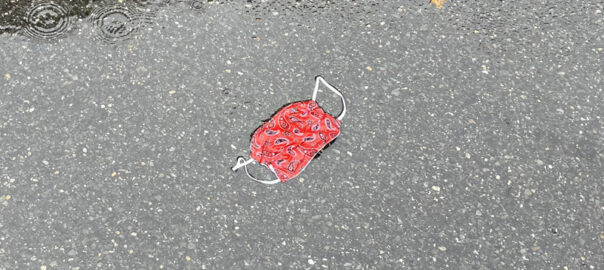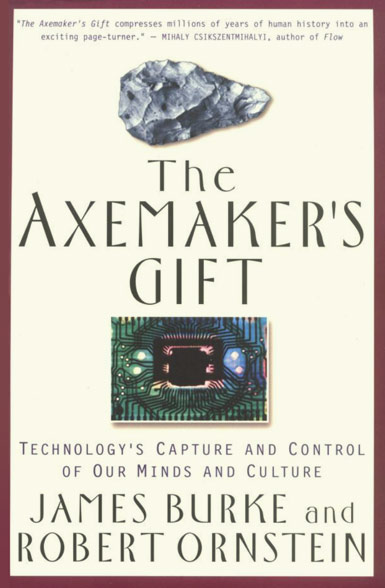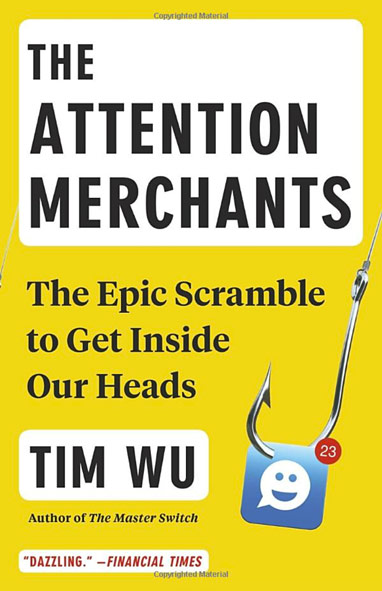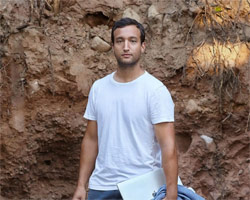
Viral Ideas:
The COVID-19 Pandemic and Misinformation
We are in the midst of the greatest revolution in communication technology since humanity spread across the globe. However, experts in the fields of media, journalism, and communications have been warning us for years that social media is using us more than we are using it.
Misinformation was most often true information that had been twisted, spun, or taken out of context.
The Coronavirus pandemic touched the lives of everyone on the globe. Within a few months millions of people lost loved ones, or lost their livelihood, or else were overworked to the breaking point, as they worked on the frontlines of health and human services. It changed our day-to-day activities: how we worked, how we shopped, and how we connected with our family and friends. With lockdowns in almost every country, the major streets and thoroughfares emptied of traffic and an unfamiliar silence descended upon our cities. Meanwhile, the digital transformation, already changing our society, went into overdrive. We spent even more time hunched in front of computer screens or staring at devices as we worked from home through Google meets, Zoom, Slack, and digital whiteboards. We flocked to the streaming platforms of Netflix, YouTube, and Amazon Prime to escape the boredom of lockdown and the stress of everyday life. In place of socializing over coffee, lunch, or dinner we visited and played games over Zoom and Skype.
With these networked tools at our disposal, we responded to the pandemic with a speed and global reach that would have been impossible only a few years earlier. The growing trend towards open data and open science allowed scientists to share their findings across borders, even between opposing countries. The World Health Organization (WHO) and national medical authorities communicated to the public more rapidly through Facebook, YouTube, Twitter, and TikTok than they ever could through government and traditional media.
The data scientist Sinan Aral and his team partnered with Facebook to model the spread of COVID-19, to better inform national and international health organizations. By using anonymized and aggregated data from Facebook’s disease prevention maps, they compared population movements within cities and regions across the world with their respective social distancing orders. This allowed them to understand which ones were more effective. It clearly demonstrated how the combined growth of public networks, big data, and ubiquitous computing could be used to address major threats to public health.

The pandemic also made very clear the growing fault-lines in our society. The WHO had been preparing for a world-wide pandemic for years. But they were not prepared for the infodemic, the epidemic spread of misinformation, that accompanied COVID-19. The Stanford Internet Observatory’s Virality Project tracked conspiracy theories and misinformation promoted on Facebook and Twitter. They found that misinformation was most often true information that had been twisted, spun, or taken out of context, rather than completely fabricated. False or misleading claims most often centered on the actions or policies of authorities, including government and international bodies like the UN or WHO. It became very clear that while the digital platforms have amplified how much and how quickly we can communicate, they also amplify our growing loss of trust in institutions and government, which are necessary for coordinated and coherent responses to global problems. To their credit Facebook, YouTube, and Twitter worked hard to promote information from reliable medical sources and to either label or remove content promoting false cures and conspiracy theories. But this too was met with distrust and claims of censorship.
Kate Starbird and her team at the University of Washington study how people use social media during crisis events. Rumouring and information sharing are basic human responses to crisis and uncertainty. The social media platforms have enabled us to do this at an unprecedented scale and speed. They have also made it much easier for groups to deliberately manipulate this process by exploiting the rumouring process itself.
“In a crisis, humans communicate in a process called collective sensemaking in order to understand uncertain and dynamic circumstances.“
Misinformation, crisis, and public health
Kate Starbird, Emma S. Spiro, and Kolina Koltai

The Axemaker’s Gift
Technology’s Capture and Control of Our Minds and Culture
James Burke and Robert Ornstein
Explore the double-edged history of human culture—how those with capacity for sequential analysis generated technologies to “cut and control” the world and and shape their community.

The Attention Merchants
The Epic Scramble to Get Inside Our Heads
Tim Wu
Columbia law professor Tim Wu explores how our attention, aided by the advent of mass marketing and increasingly sophisticated advertising techniques, has become one of the hottest commodities on the planet and the common currency of propagandists, media executives, and internet moguls.
In the series: Viral Ideas
Related articles:
Further Reading »
External Stories and Videos

Fake Facebook Pages Spurred Genocide in Myanmar
Kristin Houser, Future Society
For half a decade, the Myanmar military has used Facebook to fuel this fire against the Rohingya minority.

Facebook Will Now Show You Exactly How It Stalks You — Even When You’re Not Using Facebook
Geoffrey A. Fowler, Washington Post
The new ‘Off-Facebook Activity’ tool reminds us we’re living in a reality TV program where the cameras are always on. Here are the privacy settings to change right now.

‘Our Minds Can Be Hijacked’: The Tech Insiders Who Fear a Smartphone Dystopia
Paul Lewis, The Guardian
Google, Twitter and Facebook workers who helped make technology so addictive are disconnecting themselves from the internet. Meet the Silicon Valley refuseniks alarmed by a race for human attention.
